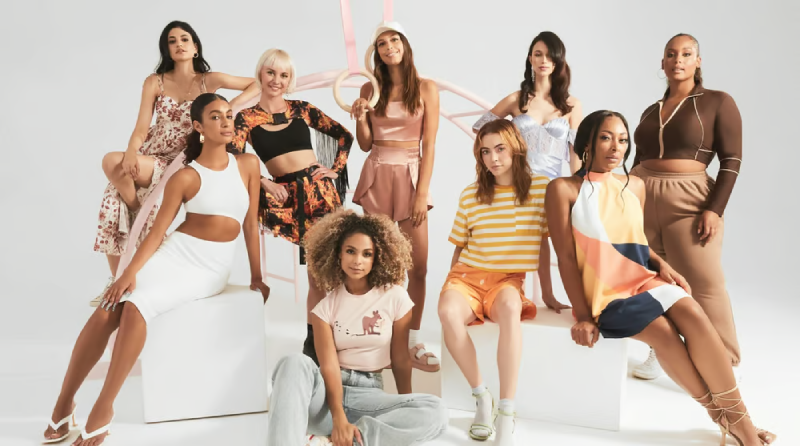
Fashion Influencers and Sustainability: Promoting Ethical Fashion Choices
For a long time now, fashion has been associated with elites with leather bags and expensive, processed fabrics. Ready-made clothes have replaced hand-crafted and stitched clothing. The supermodels on runways and celebrities on red carpets leave people in awe— and towards the unending chain of consumerism. For the past few years, however, there has been a new movement that has taken rise in the fashion industry—sustainability in fashion.
Sustainable and ethical fashion focuses on an all-round sustainable, social, and environment-friendly production of apparel and fashion accessories. It signifies a break from the typical fast fashion choices, which increase the unequal and unsustainable rifts arising in society and the planet.
In this article, we take a closer look at today’s fashion and how influencers are adopting and promoting sustainability in fashion.
From Fast to Slow Fashion
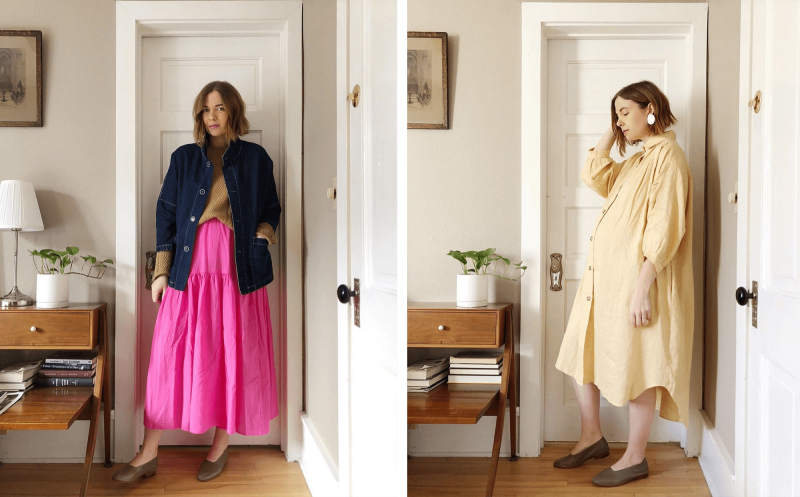
Giant corporations and fashion brands began their ‘fast fashion’ practices when they started churning out products in huge numbers each day, keeping up with the constantly changing trends and styles. The new designs and products manufactured and sent to retailers were so quick that the product lifetime decreased considerably, and consumers began to discard their clothes for newer and more ‘trendy’ outfits after only an average of seven wears.
To those who are entirely unaware of the unsustainability and inequality that surrounds the fashion industry, these things don’t seem like a biggie at all. We casually buy clothes, without giving any thought to under what conditions they were made in or who made them. We care only for how trendy they are, and which brand’s name is printed on them. We fail to think of how such brands could possibly renew their stock in the blink of an eye and whether the material of the cloth is sustainable or not. Many fashion brands are infamous for mistreating their workers, providing low wages, and the use of harmful chemicals and animal skin.
A piece of clothing becomes fashionable when either a big brand brandishes it or when a famous supermodel, celebrity, or influencer wears it and talks about it enough. With the rising consumerism and materialism, people cannot help but be enticed by such products.
However, there is good news ahead because thanks to the increasing pressure on industries and manufacturers to work towards more sustainable alternatives and the increasing awareness among netizens—especially Gen Z—a new movement is already rising. The movement, called slow fashion, is where consumers are more mindful of what they buy and wear, as opposed to fast fashion, where people buy whatever’s trendy mindlessly. There are various names given to it for various reasons, like Ethical Fashion, Sustainable Fashion and more.
Features and Benefits of Ethical Fashion
Discouraging Labor Exploitation
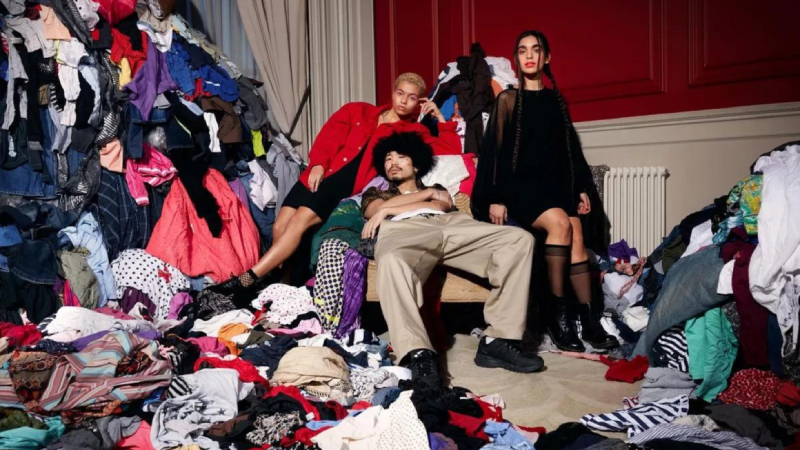
Ethical fashion is exactly what it says it is: fashion mingled with ethics and culture as never before.
According to research conducted by the Business and Human Rights Resource Centre (BHRRC), luxury brands like Hermes, Prada, and Ferragamo scored lowest in terms of human rights risk management for workers. From unpaid labor and bonded labor to low wages and unsafe working conditions, in terms of worker welfare, luxury fashion brands are the most exploitative.
Danielle Alvarado , an Instagram Influencer, is one among the many influencers who have taken it upon themselves to promote and support an ecological spinoff of fast fashion. She mentions in one of her posts how the production of jeans, a mundane part of our lives, makes use of harmful chemicals, carcinogens, hormone disrupters, and heavy metals with little to no worker safety and wastewater management. And to think denim is just one example.
In this new movement, which focuses on ethical fashion, influencers, activists, and consumers are more mindful of where they buy from and what they buy. Companies and brands that pay their workers fairly and provide good working conditions are promoted, while those who exploit their workers in the name of ‘fashion’ are being boycotted
This seemingly simple step by the consumers is a big one because it has created a drop in demand, causing exploitative brands to either change their ways or be out of the race. More and more brands are opting for the former, creating a significant change in the working conditions in the fashion industry. There is still a long way to go, but the most crucial step—the first one—has been taken already.
As influencers have the power to influence their followers’ lifestyles, it is a great position to promote and support a sensible, ethical and kind approach towards fashion.
Prioritizing Sustainability
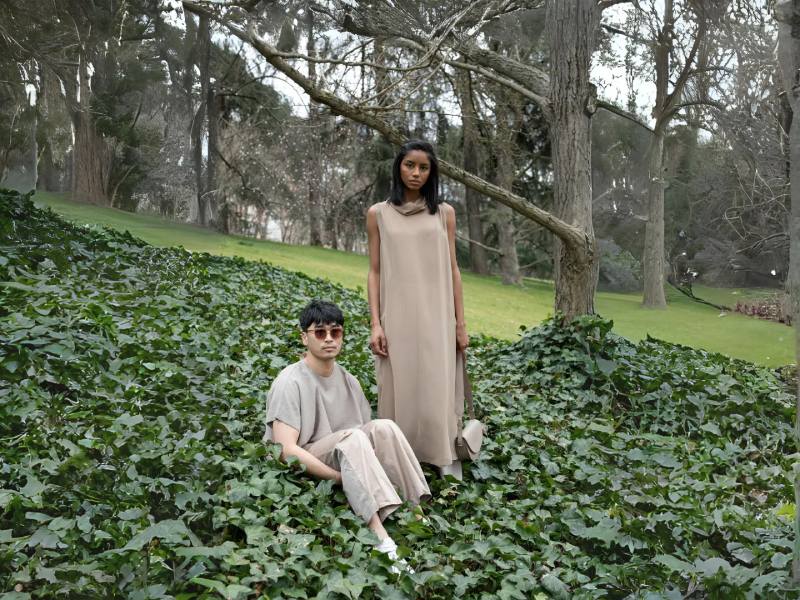
There are innumerable environmental concerns when it comes to the manufacturing of fashion apparel and accessories: animal slaughter, the use of harmful chemicals, and an extremely high rate of production, which creates huge environmental footprints, to name a few. In all our waste concerns and talks about waste dumps and pollution, we never consider fashion waste—which is a lot larger than one would expect it to be. The fashion industry contributes to ten percent of global carbon emissions, and 1.92 million tons of textile waste is produced every year.
Ethical fashion is all about making sure what we wear is as environment-friendly and harmless as possible. It is about being better lodgers on Planet Earth and being mindful of the wellbeing of this planet we call home.
Clothes made of organic fabrics and natural dye are preferred over those made of leather, denim, or inorganic material. Venetia La Manna, an active sustainable fashion advocate and content creator, began the Remember Who Made Them movement on social media, which reminded people of how important it is to know who made what they wear and how it was made. She supports and highlights companies that adopt sustainability and consider it a priority.
Preserving Traditional and Cultural Craftmanship

With the onslaught of industrialization and colonialism, local artisans and craftsmen lost their precious art, which had been passed down for generations. Such communities and their crafts are dwindling, with most of them having changed professions and those who refuse to do so dying of starvation and unemployment.
But the revival of cultural and traditionally crafted clothes is finally on the rise. The ethical fashion movement promotes sustainability in not only ethical but also ethnic capacities. Various tribes and communities in Africa, Native America, and Asia, who lost their livelihood because of industrialization and globalization, are now being given their due. It is nowhere near enough just yet, but it will be if this movement keeps its pace and zeal.
The Or Foundation is a Ghana-based NGO that strives to promote indigenous craftsmanship and sustainable apparel start-ups and creates awareness about the lesser-known evils of the fashion industry. Influencers have been and can-do collaborations with such organizations and NGOs who work tirelessly to provide the tribal and regional artisans what they deserve.
Circular Economy
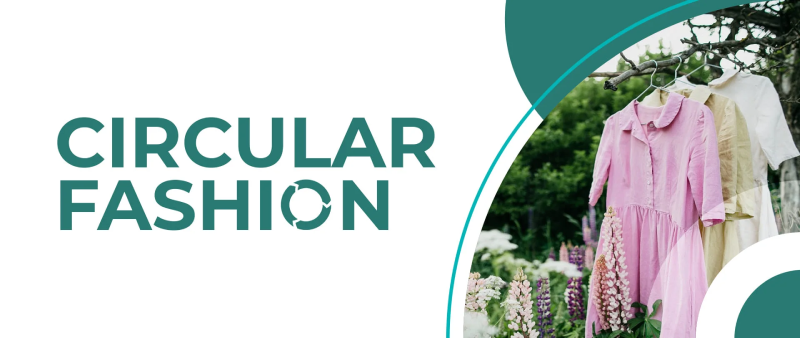
A big factor in the rise of high wastage from the fashion and textile industry is the lack of adoption of sustainable options by companies and consumers alike.
A circular economy is where the goods produced are given a long life to increase their longevity and lessen the usage of raw materials, production costs, and garbage. Steps like thrifting, sharing of clothes, and repeating outfits can be undertaken to ensure product longevity and sustainability.
Influencers like Pumulo Nguyen, Mandy Lee, Kate Hall, Aja Barber and many more are striving to promote and adopt a lifestyle which is free from fast fashion, and materialism without making it boring. They come up with innovative ideas and creative alternatives that satisfy the fashion fever and yet maintain and sustain the environment.
Fashion brands themselves can take up the task and benefit themselves along the way. By taking back used or old clothes and accessories, they can repair, refurbish or recycle them, depending upon the possibilities, saving themselves a lot of production.
Fusion of Commercial and Traditional

Many luxury brands and fashion companies have begun collaborating with and hiring craftsmen and skilled artists from the indigenous communities. The authentic, rare, and highly skilled craft of cultural and traditional significance are gaining popularity. A beautiful blend of ethnic and modern is being seen in the recent trends and attractions.
As equal collaboration between brands and craftsmen increases, the unequal divide between the workers and the capitalists will decrease, or, to say the least, lessen. Influencers and activists alike are striving to make ethnic wear the new normal. This global movement is unlike any other.
Conclusion
The already exploitative fashion industry grew a thousandfold during the pandemic, with people stuck at home having no form of entertainment but to scroll social media and browsing online shopping apps. Apps like Shein and Amazon instantly took hold, and the concept of fast fashion was furthered. Fast fashion is where brands and companies produce in an increasingly astonishing quantity, encouraging people to hop on to new trends, buy new clothes, and discard clothes more often.
Initially, most influencers and celebrities hopped on to the trend which seemed exciting and unharmful at the time. But as time passed and actual climatic consequences were disclosed, more and more people became aware and decided to hop on to the other side—the side of slow fashion. Fast fashion’s sustainable counterpart.
Slow fashion is an aspect of the ethical fashion movement which focuses on cultural representation and sustainability. A movement where those companies and brands are supported that treat and pay their workers fairly, provide good working conditions, and where sustainable methods and practices are used for production and waste management. The movement encourages practices like thrifting, borrowing, and repeating outfits. Ethical fashion also includes focusing more and more on culturally significant and hand-crafted materials and empowering local artists and craftsmen.
If done right and adopted by everyone, this movement has the potential of turning over the global warming concerns on a large scale.





